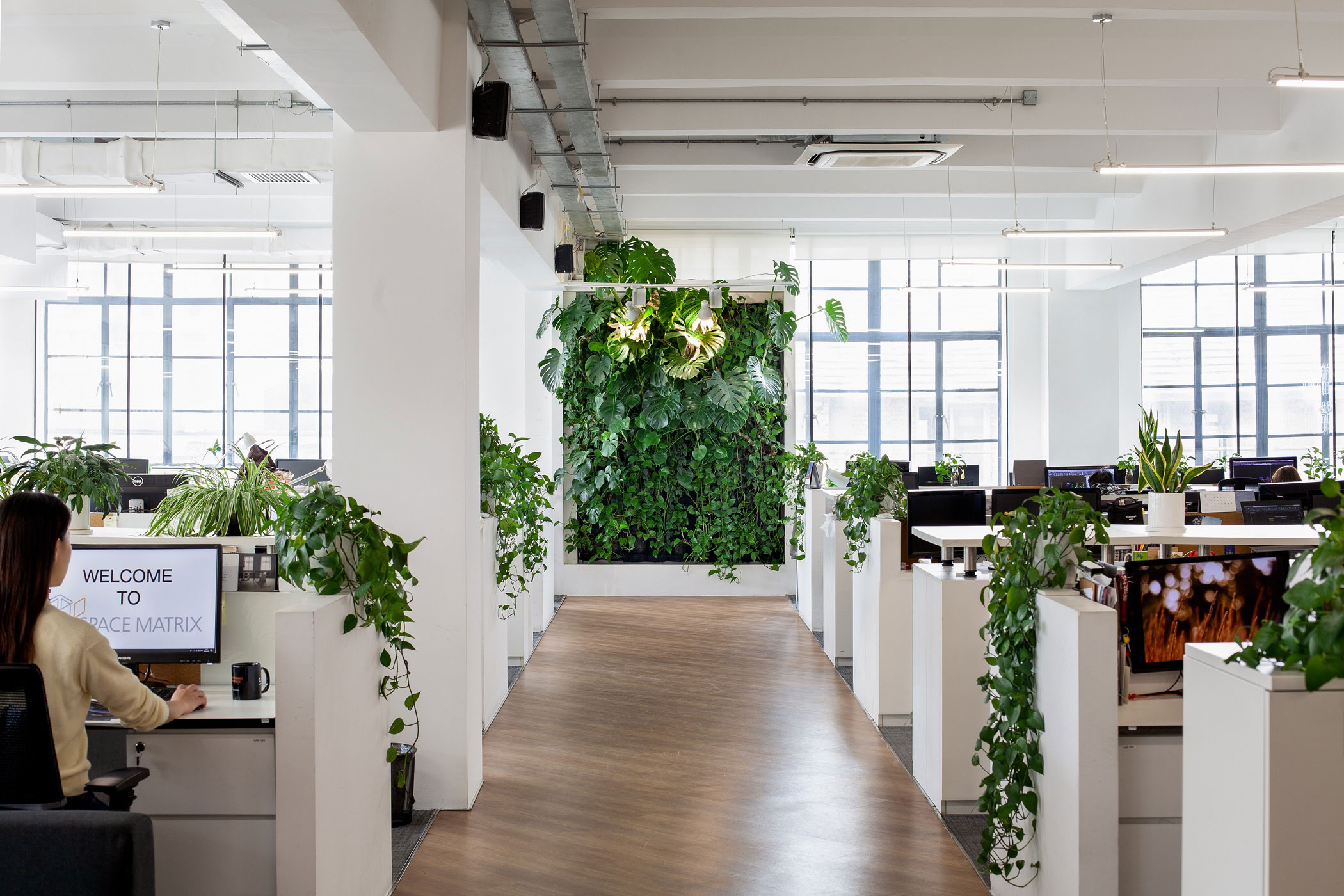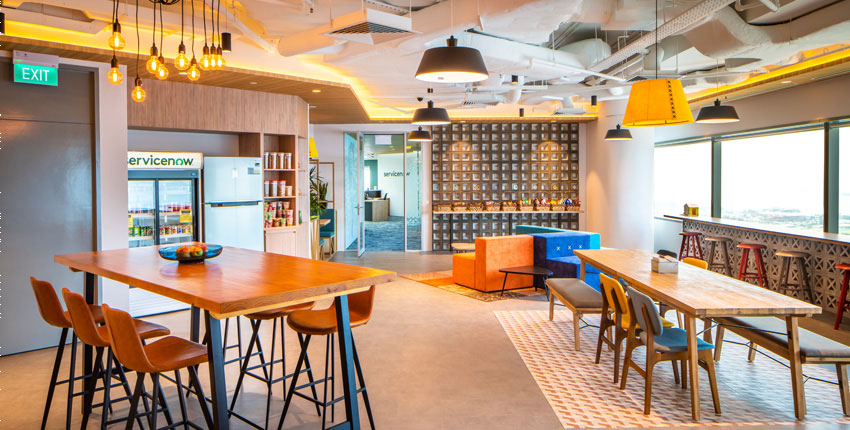
5 ways workplace wellbeing policies are changing in the wake of COVID-19
The annual corporate retreat, the company gym, nap pods — all of these played a huge role in promoting employee wellbeing and keeping up morale. With the COVID-19 pandemic, all of these are being reimagined.
Of course, workplace wellbeing programmes cannot be done away with altogether. With the mental and emotional toll of the last few months, looking after employees’ health and wellbeing is more important than ever before. However, the kind of benefits that employees now value will be very different from what they used to, even a few months back. So what will workplace wellbeing mean in the coming days?
Here are 5 ways wellbeing programmes will have to be updated.
1. Workplace wellbeing will be less location specific
Given that many companies will be looking at making remote work a bigger part of their everyday functioning, workplace wellbeing cannot be limited to onsite options anymore. Organisations will need to make wellness resources available to those working from elsewhere too.
In the company workspace, employees have access to a variety of places to work from through the day. In stark contrast, working from home will most likely mean that they are restricted to one desk all day. The first step then, is to help them set up an ergonomic home office that’ll take care of their physical health. One great option is to redirect some of the operational cost savings to wellbeing allowances for each employee. Some people might be unsure of the right kind of furniture and technology to invest in. Offering expert design guidance in addition to an allowance may be necessary to help them sidestep health and posture-related issues a few months down the line.
When it comes to fitness, organisations can look at providing access to online workout classes and video sessions. Subscriptions to fitness apps, step trackers, movement reminders and screen time controllers can make for other great wellbeing offerings. Providing on-demand, remote access to experts like physical trainers and chiropractors can also help people stay healthy as they navigate this new normal.
2. Companies will place a stronger focus on mental health
At a time when most people are experiencing isolation, uncertainty and anxiety, companies with great mental health policies are bound to stand out from the crowd. This can start simple, with employers hosting regular mindfulness and meditation sessions, reimbursing employees for subscriptions to mental health resources, and sending out regular reassurances and company updates from the senior management. Biophilic commercial office design can offer employees a soothing, welcoming environment to work from. Breezy, sunlit work areas with lots of natural textures and indoor greenery can be a simple, yet safe way to look after your employees’ mental wellbeing.

Having access to professionals like therapists and counsellors at work is going to become an important benefit for employees in the coming months. Employers might want to look at creating a space for in-house therapy sessions. These spaces will need to be soothing, comfortable and above all, be acoustically managed for optimum privacy. Of course, remote access to such professionals will have to be ensured, so that people who are working from home can enjoy the benefits too. Many companies are already adding mental wellbeing breaks to their existing sick leave policies. Encouraging people to use them when needed will go a long way in normalising mental health conversations in the workplace.
3. Firms will build community around workplace wellbeing
In pre-pandemic times, health and fitness strategies were more individually focussed — people just went to the gym when they had a free hour, or headed to the nap room when they needed a break. Now, companies might need to look at community-oriented wellbeing strategies to help employees stay connected despite being physically apart.
Apart from improving workplace engagement, health resolutions work better when people are accountable to one another. For instance, while a step tracker alone might not be enough to motivate people to get up and about, hosting a daily step challenge is likely to prompt friendly competition among team members. Similarly, group nutrition targets can be more exciting and engaging rather than individual reminders. Non fitness related options can include book clubs, game nights and movie nights — all great ways to help people connect based on shared interests.
4. Offices will focus on health and nutrition
As people return to the office after months, they may be understandably anxious about safety and hygiene. So one great way to take care of their mental health is by being more demonstrative with your updated health and safety protocols. This can start with health screenings and temperature checks right at the entrance, and with hygiene kits being handed out as people enter the space.
An updated layout with certain seats closed off and distanced workstation clusters will guide them on seating protocols in the work areas. Strategic reminders and signages to nudge employees towards proper hygiene and distancing practices, sanitation kiosks and visible efforts by housekeeping staff will offer further reassurances about the new norms.
Special attention will have to be paid to the building’s ventilation strategy. Recirculated air and poor filtration can transmit airborne viruses throughout the space, while low levels of humidity compromises the immune system and makes one more susceptible to illnesses. The usage of humidifiers and ventilation systems will have to be stepped up to reduce these risks. Operable windows can be opened up to let in a continuous stream of fresh air into the building. Smart HVAC units can help make the system more responsive based on occupancy and availability of fresh air.

Open spaces like balcony seating and rooftop work cafes are ideal for informal meetings, smaller discussions and coffee breaks — and employees should be encouraged to use these spaces more often than closed meeting rooms. Apart from being the healthier option right now, exposure to fresh air and sunlight offers mental stimulation too. Stocking healthier food and snack options in the pantry, providing immunity-boosting infused water, and ensuring safe handling of all edible items are other steps that will become important in the coming days.

5. Policies will have to monitor and address connectivity-related burnout
The last few months have blurred the lines between employees’ work and home lives — and as a result, many people are finding themselves never quite logging out at the end of the day. Being constantly connected has an adverse effect on one’s mental health, and we are seeing a huge spike in issues like Zoom fatigue and digital burnout.
Simply planning more wellbeing activities and events will not be sufficient here. In fact, adding in more calls to an employee’s schedule might actually prove counter-intuitive — someone who’s had back-to-back calls all day may actually feel more stressed out at having to attend another hangout, even if that’s a more social one. Tackling this will involve longer-term, real solutions. Employers will need to introduce new policy guidelines to set digital boundaries, and a top down approach might be needed to bring about a real change.
Ready to update your workplace wellbeing programme? Let’s talk strategy.
